When the Justice H. N. Nagamohan Das Committee submitted its 1,766-page report on Karnataka’s Scheduled Castes earlier this month, one statistic jumped out of the dense pages of charts and tables. For the first time in decades, the state has recorded near gender parity in its Scheduled Caste population. Out of a total of 1.07 crore people surveyed, 53.6 lakh are men and 53.3 lakh are women, making the ratio 50.1 per cent male to 49.8 per cent female. The finding is significant in a country where skewed sex ratios have long symbolised discrimination and neglect. For policymakers in Karnataka, it marks what many are calling a “turning point” in caste and gender politics. ‘It is very rare in India’s caste demographics to see this kind of balance,’ a senior official in the Social Welfare said. ‘For us, this is not just a number; it has to become a foundation for gender-sensitive policy.’ The Committee too has framed this balance as a “positive development” that could shape the state’s future interventions in education, employment, and healthcare for Dalit women.
Yet beneath the optimism lies a more complicated story. While parity is visible at the aggregate level, the micro realities of population distribution, poverty, and caste fragmentation raise the question of whether this statistical balance will actually translate into equality on the ground.
The hidden divide: small sub-castes left behind
The survey shows that 15 of the 101 Scheduled Caste sub-castes in Karnataka now have more women than men. Some of these groups are extremely small. The Lingader, for instance, have only 60 members statewide, but women form 62 per cent of their total population. The Mundala sub-caste, which is the largest among female-majority groups, has 31,726 members and a gender split of 52 per cent women to 48 per cent men. The district-level data also reveal striking variations. In Kodagu, Udupi, Dakshina Kannada, and Mandya, Scheduled Caste women constitute 52 per cent of the sub-caste populations, higher than the state average.
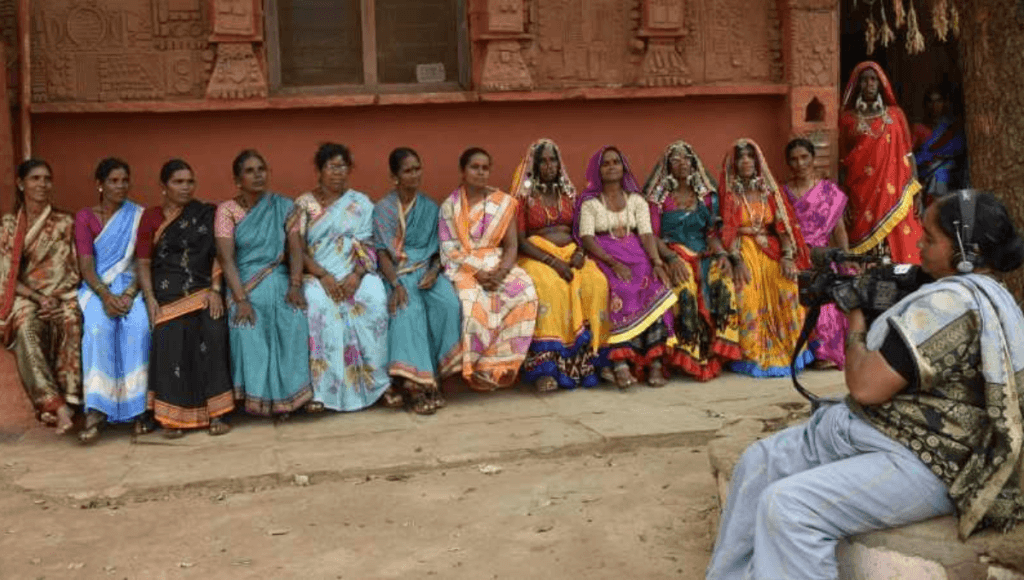
‘This kind of district-level variation is very important,’ said Dr Ramesh Gowda, professor of sociology. ‘It shows that in coastal and hilly districts, migration patterns and male mortality rates create a gendered demographic tilt. These women form the backbone of SC households, but their labour and struggles are often invisible.’
Karnataka’s Scheduled Castes have, for the first time, recorded near gender parity, with almost equal numbers of men and women. But beneath the promising statistic lies a fractured reality of caste hierarchies, poverty, and unequal opportunities for Dalit women.
But parity in numbers does not automatically translate into parity in opportunity. The same report underlines that Karnataka’s Scheduled Caste population is far from homogenous. The internal composition is deeply unequal. Seventy-three of the 101 sub-castes have fewer than 10,000 members each. Another twelve fall in the 10,000 to 50,000 range. Only five groups fall between 50,000 and one lakh, while just eleven sub-castes exceed one lakh in population. The implications are clear: almost ninety per cent of Karnataka’s SC sub-castes are numerically small and scattered across the state. Their small numbers mean that even though they are constitutionally entitled to reservations, they do not have the organisational networks, political clout, or critical mass to convert quotas into tangible benefits.
The report is frank about this imbalance. It observes that “despite having SC reservation, these groups do not have the numerical strength to compete with stronger communities.” In other words, the communities that are small in number end up being outcompeted by larger sub-castes within the SC umbrella, who are better networked and more visible in state institutions. The consequences of this imbalance are starkest in the area of poverty. The survey notes that many of the smaller sub-castes live in “maximum poverty”, with families struggling even to secure two proper meals a day.
Beyond numbers: the politics of internal quotas
For activists working in Dalit women’s rights, this gap between numbers and lived experience is painfully familiar. Shanta Devi, women activist in North Karnataka, said that the benefits of state schemes rarely trickle down to the smallest groups. ‘When the government announces scholarships or job quotas, it is usually the bigger sub-castes with hostels, coaching centres, and political leaders who benefit. Smaller communities, especially women among them, remain invisible,’ she said.
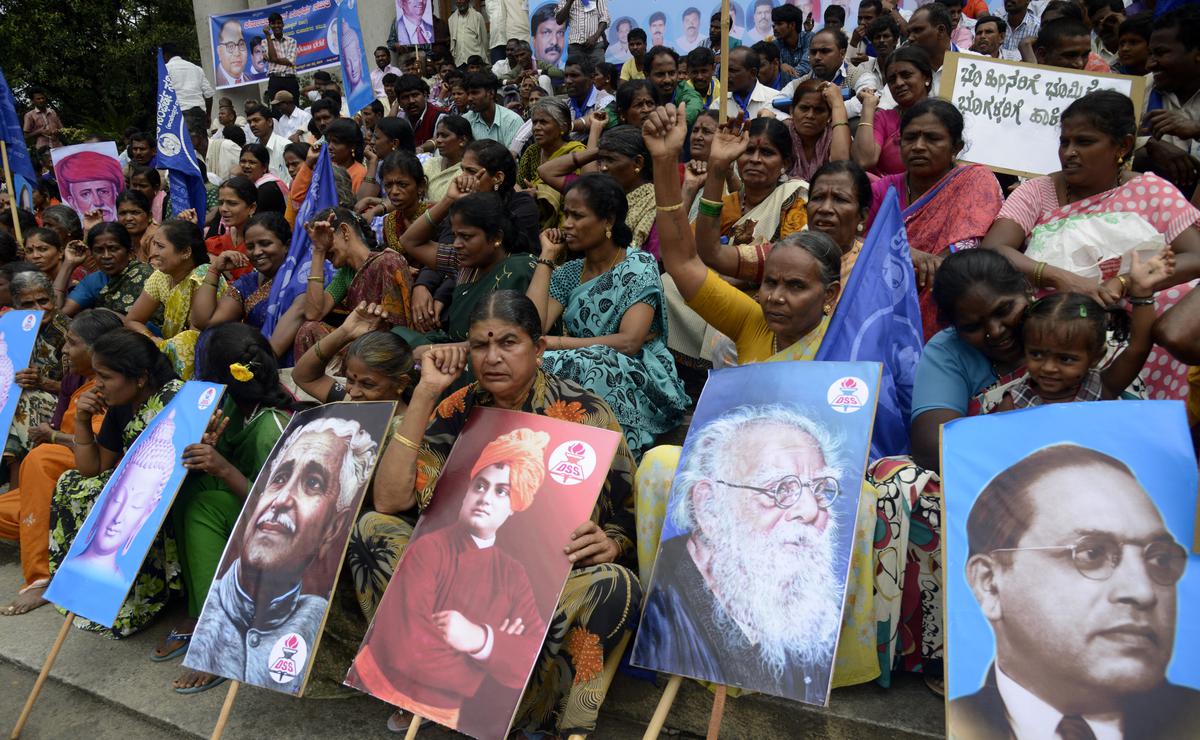
The Das Committee itself cautions against reading parity as empowerment. While it notes the near-equal numbers of men and women, it also warns that “the smallest sub-castes face the greatest risk of being left out.” Many are not even properly documented in official records. Some sub-castes, like the Lingader or Adi Beda, have populations so tiny that they are easily subsumed within broader categories, erasing their distinct needs.
For activists working in Dalit women’s rights, this gap between numbers and lived experience is painfully familiar. Shanta Devi, women activist in North Karnataka, said that the benefits of state schemes rarely trickle down to the smallest groups. ‘When the government announces scholarships or job quotas, it is usually the bigger sub-castes with hostels, coaching centres, and political leaders who benefit. Smaller communities, especially women among them, remain invisible,’ she said.
The political backdrop to this survey is Karnataka’s long-running debate over internal reservation among Scheduled Castes. For decades, groups like the Madigas (classified as SC-Left) have argued that the benefits of the 17 per cent SC quota have been disproportionately cornered by the Holeyas or Chalavadis (SC-Right). After years of agitation, the state cabinet recently approved an internal division of the quota: 6 per cent for SC-Left, 6 per cent for SC-Right, and 5 per cent for all other SC groups. Officials described the Cabinet’s decision on internal reservation among SCs as an attempt to ensure ‘equity and social justice’ across all communities within the SC category.”
Whether this formula addresses the concerns of the smallest sub-castes remains to be seen. Critics point out that lumping nearly ninety communities into the “all others” 5 per cent basket may only reproduce the same inequities. The risks of such capture are well documented. In competitive exams and job recruitments, the sub-castes with stronger networks, coaching institutions, and alumni in government service tend to dominate. Smaller groups, lacking these resources, often cannot fill their share of reserved seats, which then get reallocated to larger sub-castes. The Das Committee hinted at this when it flagged duplication and overlap in caste identities, warning that unless records were digitised and audited, dominant groups could crowd out weaker ones.
What next: from parity to real empowerment
For women among Karnataka’s Scheduled Castes, gender parity in population remains a fragile marker of progress. It does not translate into equal outcomes in education or employment, especially given persistent vulnerabilities. Across Karnataka, a staggering 22.2 percent of students drop out before completing Class 9 or 10, the highest in South India and well above the national average of 14.1 percent. Even nationally, the annual secondary-level dropout rate for girls hovers around 12.3 percent, underscoring the broader challenge of retention.
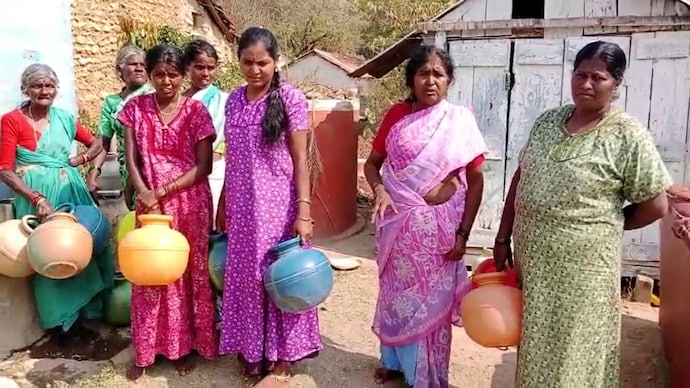
This issue is especially acute among SC/ST girls in northern Karnataka. Studies show that although they often enrol in secondary education, nearly 11 percent drop out between Class 8 and 9, almost double the state average of 5.8 cent. These numbers reflect a stark combination of economic hardship, gender norms, caste discrimination, and deficits in school infrastructure. Qualitative surveys from the region further highlight how child marriage, expectations of household labour, poor facilities, and teacher bias all push girls out of school well before they can finish their studies.
Adding to the urgency is the deep economic disadvantage among Dalit households. A large majority of families in Karnataka live below the poverty line, meaning that girls’ education is often the first casualty when resources run short. Coupled with the dropout and retention data, this paints a critical picture: many young dalit women, though counted in demographic statistics, vanish well before completing their education, diminishing their ability to convert demographic parity into socio-economic mobility.
The Das Committee itself cautions against reading parity as empowerment. While it notes the near-equal numbers of men and women, it also warns that “the smallest sub-castes face the greatest risk of being left out.” Many are not even properly documented in official records. Adding to the urgency is the deep economic disadvantage among Dalit households. A large majority of families in Karnataka live below the poverty line, meaning that girls’ education is often the first casualty when resources run short.
‘Parity in numbers is a demographic achievement, but it hides the silent crisis of retention,’ said Dr Anitha Kumari, an educationist. ‘The dropout rate among Dalit girls is not just about poverty; it is about how schools are not equipped to hold them, support them, or make them feel secure.’
Turning parity into empowerment of Dalit women
The key question now is: how can Karnataka ensure that parity translates into empowerment? ‘Parity in numbers is only the beginning,’ says Gowda. ‘Unless we dismantle the barriers that prevent Dalit girls, especially from smaller sub-castes, from continuing their education, the gains will remain cosmetic. Retention after Class 10 is where the system falters; girls drop out because there are no hostels, no safe transport, and scholarships often stop midway. If the state wants to turn parity into empowerment, these are the gaps it must plug.’
According to him, regional disparities need sharper attention too. ‘In northern Karnataka, dropout rates for SC/ST girls are nearly double the state average. We need community residential schools, skilling centres, and even dedicated liaison officers in schools to ensure these girls don’t slip through the cracks. The government cannot apply one-size-fits-all solutions; it must tailor interventions to the most vulnerable communities.’
Gowda also stressed the need for greater administrative transparency. ‘Tracking dropout and completion rates by sub-caste and gender would reveal who is being left behind. Without this, the most marginalised groups will continue to remain invisible despite the headline progress.’ Pointing to models that already exist, he added: ‘The Kasturba Gandhi Balika Vidyalayas (KGBVs) are proof that targeted interventions work. These residential schools have kept thousands of disadvantaged girls in classrooms. If the state expands and strengthens this network, we could prevent many SC/ST girls from leaving school prematurely.’
For him, Karnataka’s near gender parity among Dalit Castes is significant but incomplete. ‘Demographic balance is a milestone,’ he said. ‘But real justice will come only when every sub-caste and every girl not only enters school but is able to stay, succeed, and move into dignified livelihoods. Until then, parity will remain a number, not empowerment.’
About the author(s)
Masrat Nabi is a journalist whose work focuses on politics, gender, culture, and social issues in India.


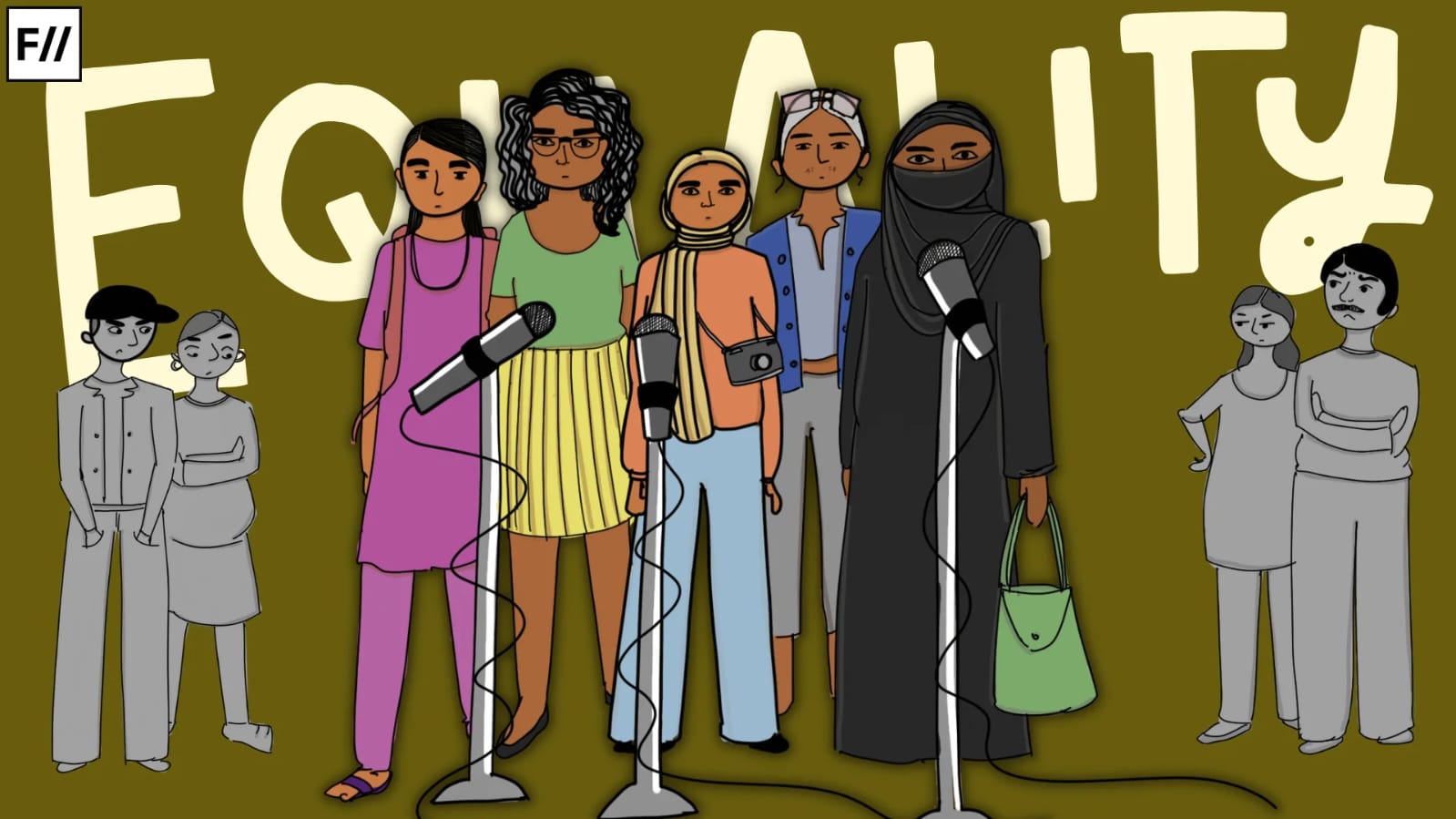
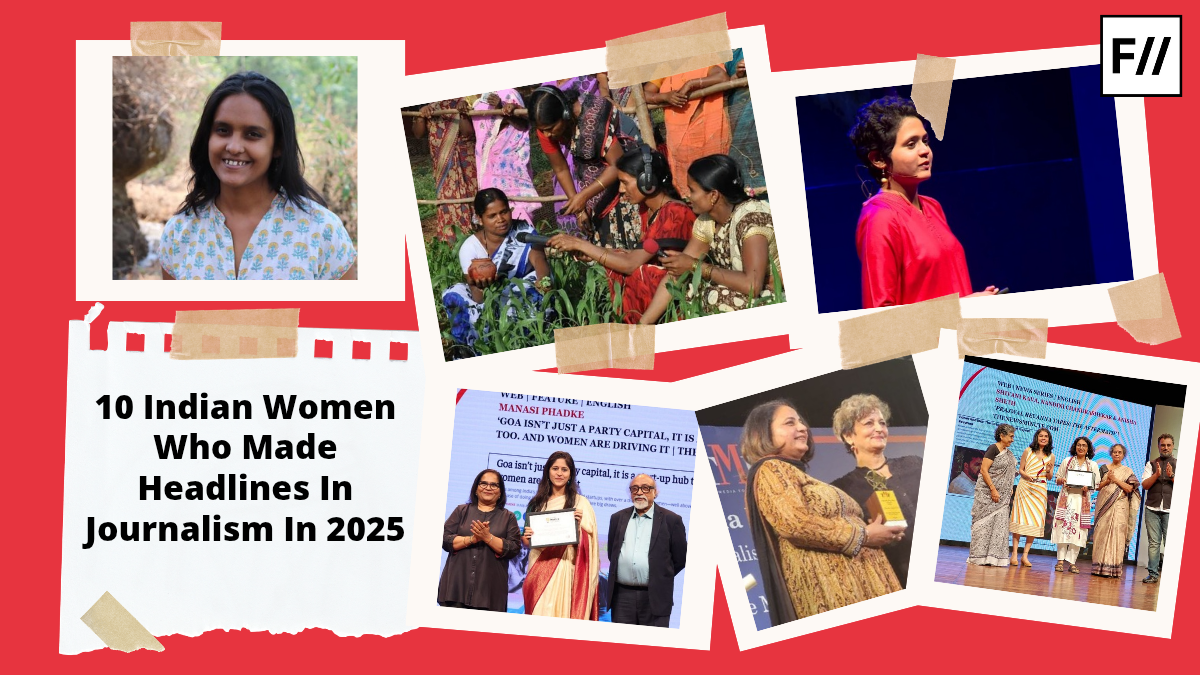
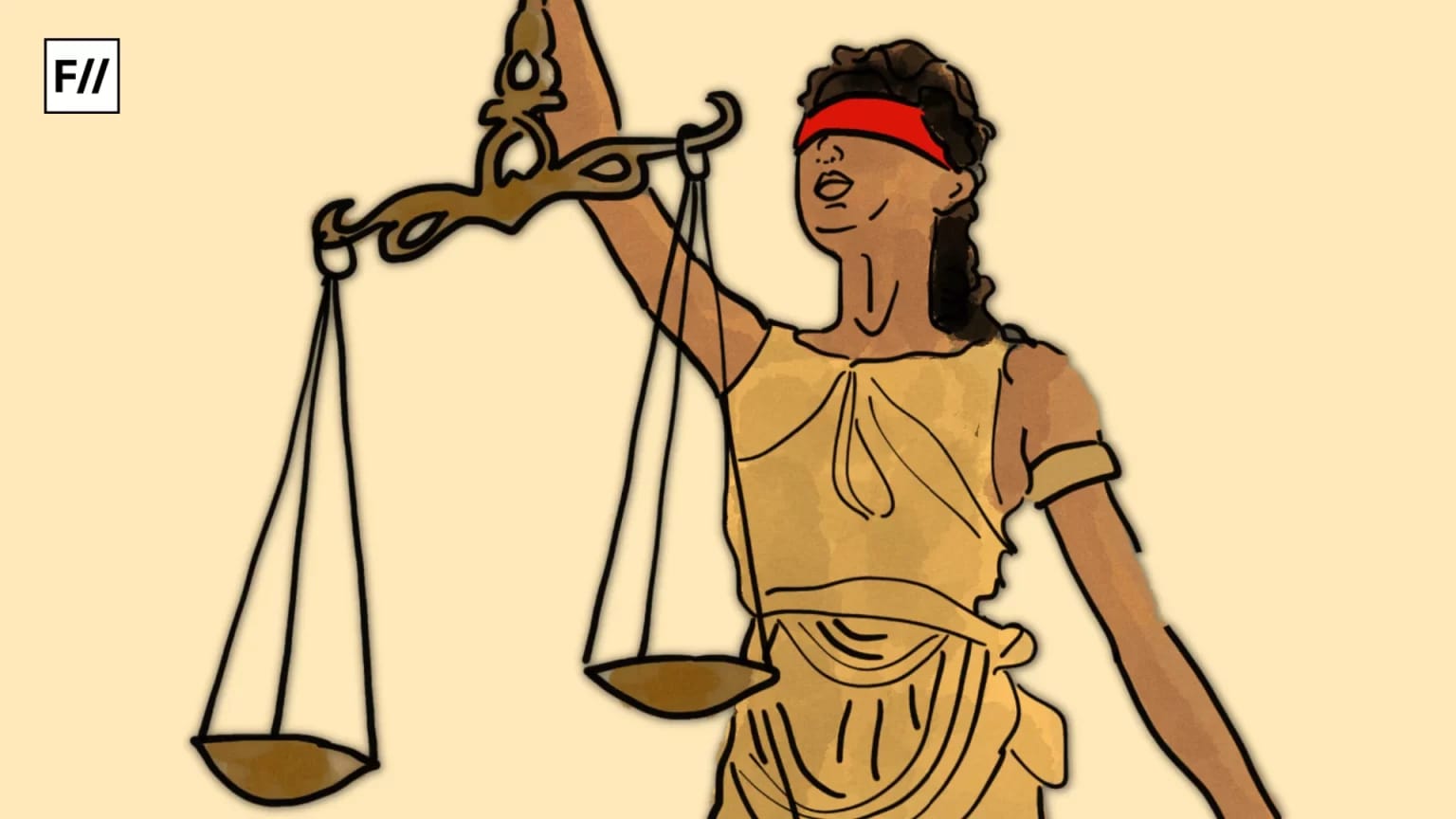

Your writing has a way of making even the most complex topics accessible and engaging. I’m constantly impressed by your ability to distill complicated concepts into easy-to-understand language.